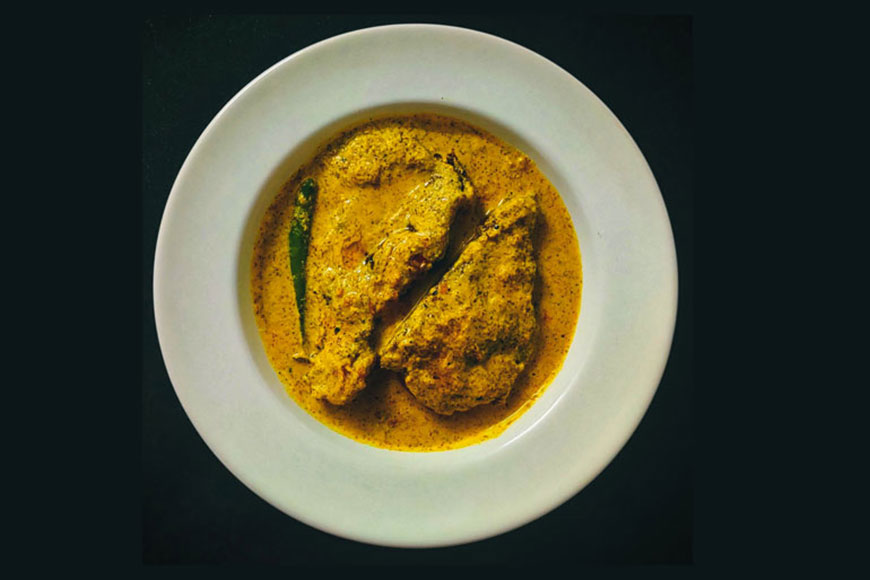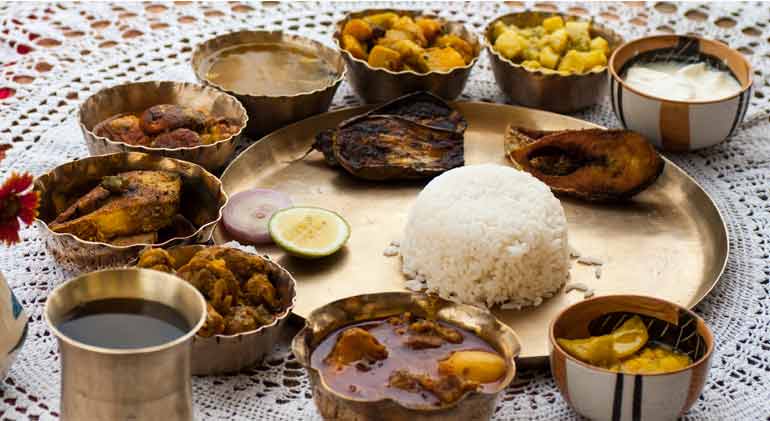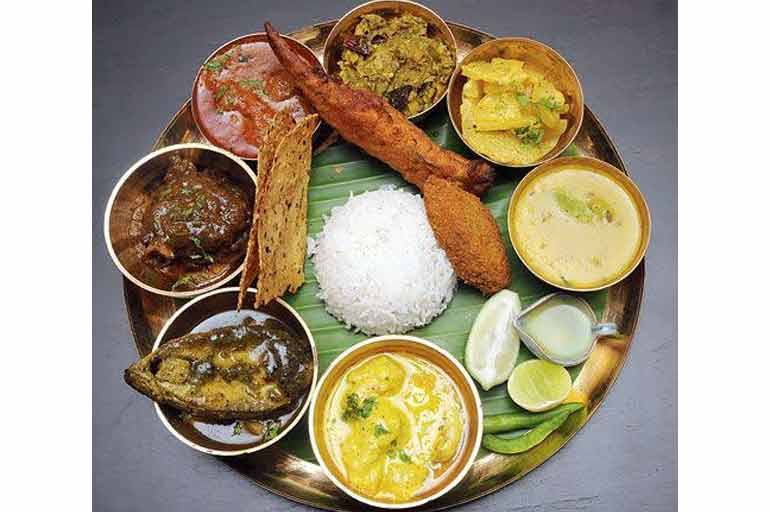Can the Bengali diet boost your immunity?

To put it blandly, food and Bengal, or food and the Bengali, have always shared a special relationship. The popular theory is that Bengali cuisine is the only traditionally developed ‘multi-course service’ in the Indian subcontinent, similar in structure to the modern ‘service à la russe’ style of French cuisine, with the items served one after another, rather than all at once. This, say food writers like Poorna Banerjee, is a result of British and French influence, but we’ll come to that later.
The interesting thing about the typical Bengali diet is that it is such an incredible mix of cultures and influences that parts of it can no longer even be traced back to their origin. However, what is undeniable is its logical and scientific nature, and the presence of several immunity-boosting ingredients that are of particular relevance now.
“With the advent of Covid-19 and the need to strengthen our immune systems, many of my clients now ask about immunity-boosting foods, and the good thing about Bengali cuisine is that many of these are inbuilt in it,” chuckles Kolkata-based wellness coach Swati Singh Roy. “Starting with fish and eggs. I have to say that I don’t know too many vegetarian Bengalis!”

As far as Swati is concerned, maachh (fish), bhaat (rice) and shorsher tel (mustard oil) - the holy trinity of Bengali cuisine - provide us with some of our most nutritious and balanced foods. “Proteins and carbohydrates are taken care of, and food like seasonal achars (mango, kul) and chutneys (tomato, coriander leaves), or daab (green coconut) are great sources of micronutrients,” she says.
The two other immunity boosters for Bengalis is one, ‘gawa ghee’ (ghee from cow milk) as opposed to ghee from buffalo milk, which is rich in both bad cholesterol and bad fats, says Swati; and two, the very traditional ‘panch phoron’ or Bengal’s five spices, a blend of cumin (jeera), brown mustard (shorshe), fenugreek (methi), nigella (kalo jeera), and fennel (mouri).
Going back to some of the earliest Bengali texts, it is evident that the Bengali diet was dependent on shaak (leafy greens), bhaat, ghee, milk, and fish. “These were the five staples of our diet about a millennium ago,” says Poorna. “The early medieval text ‘Prakrita-Paingal’ (composed between 900 and 1400 AD), tells a man that if his wife serves him nalte shaak (jute leaves), mourola maachh (a tiny variety of carp), warm milk, and ghee with his rice, he ought to consider himself lucky!”
Also read : Beat the heat with the cool Gondhoraj Ghol
The stereotype of the fish-eating Bengali exists for a reason. The 16th-century ‘mangal kavyas’ such as Manasamangal and Chandimangal abound in references to various kinds of fish and their cooking. Food scientist K.T. Acharya’s path-breaking work ‘Indian Food Tradition: A Historical Companion’ states how the medieval Brahmins of Bengal defended the practise of non-vegetarianism, and quotes the 11th or 12th-century politician and scholar Bhatta Bhavadeva as saying, “All this prohibition is meant for prohibited days like Chaturdasi and others… so it is understood that there is no crime (dosha) in eating fish and meat.”

Well, since fish remains one of the richest sources of natural protein known to us, it is definitely a plus in these pandemic times. Poorna adds that Bengali cuisine is based on a ‘reward system’, in which the best things are kept for the last. “If you were to divide a meal into salt, sour, sweet, spicy, and bitter, the traditional Bengali starter is something bitter, such as ‘uchhe bhaja’, which is where the first immunity boost comes from. You then go on to salty, spicy, sour, and sweet. There is also the element of ‘kashaya’, or astringent. In terms of flavour profile, it would match tea, for example, or green bananas. The idea is to make your palate seek water, thereby keeping you hydrated.
“Unfortunately, modern Bengalis are dispensing with this progression and going straight for the more tasty dishes, leading to problems such as obesity and lowered immunity,” she says. “Apart from the bitter starters, you also have shaak, which increases your blood count, and acts against cough and cold.”
Bengal’s food history is clearly a reflection of its climate and its people. More importantly, what was good for us a millennium ago still holds true. As Swati says, sticking to the local diet has worked for us all these years. Why ignore it now?











